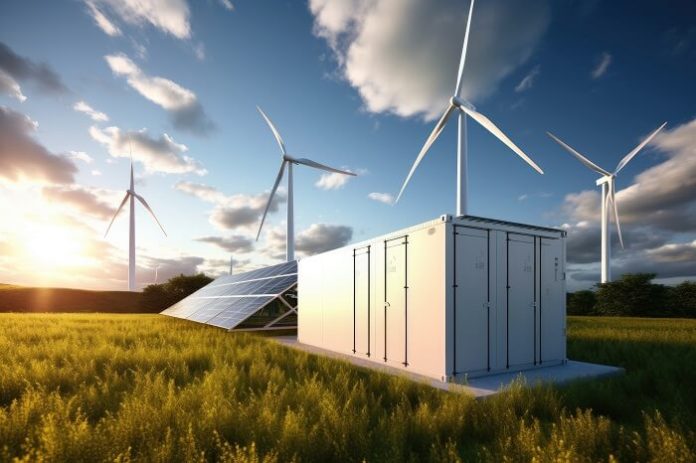India must establish nationally accredited testing facilities for battery energy storage systems to meet its clean energy transition goals, according to NITI Aayog member V K Saraswat.
He emphasized the pressing need for robust testing and certification infrastructure to support the deployment of over 238-gigawatt hours of battery storage capacity by 2030.
Current Gaps in Testing Infrastructure
Saraswat pointed out that while the Bureau of Indian Standards (BIS) has developed 17 specifications for energy storage systems, the country still lacks adequate facilities to verify compliance with these standards.
To address this gap, he proposed allowing third-party testing and certification until the government establishes dedicated storage certification agencies.
He stressed the need for universal standards applicable to all types of energy storage systems to ensure uniformity and reliability.
Balancing Coal and Renewables
While India has set ambitious renewable energy targets, Saraswat acknowledged that coal will continue to play a significant role in the energy mix.
He projected coal capacity to decline to 150 gigawatts by 2047, from the current 218 gigawatts.
At the same time, solar energy capacity is expected to expand substantially, necessitating the integration of advanced storage solutions to maintain grid stability.
Exploring Diverse Storage Technologies
India is exploring various storage technologies to support its renewable energy transition.
Saraswat highlighted pumped hydro storage, which has a potential capacity of 100 gigawatts across 60 sites. Other options under evaluation include flow batteries, sodium-sulphur systems, aluminium-air batteries, and conventional lithium-ion solutions.
The government aims to promote domestic manufacturing of critical components while developing
technology-agnostic standards to accommodate these diverse solutions.
Focus on Nuclear Power for Long-Term Solutions
Nuclear energy, including small modular reactors, is being considered as a long-term solution for hard-to-abate sectors currently reliant on coal-based power.
This aligns with India’s broader strategy to diversify its energy sources while reducing carbon emissions.
Accelerating Pumped Hydroelectric Storage
Ghanshyam Prasad, Chairman of the Central Electricity Authority (CEA), called for a significant expansion of India’s pumped hydroelectric storage capacity.
The revised target of 51 gigawatts by 2032 marks a sharp increase from the earlier goal of 22 GW, driven by the need to manage evening demand when solar generation is unavailable.
Prasad outlined practical strategies, including mandating storage components for solar and wind projects, integrating storage with coal plants operating at technical minimums, and optimizing transmission infrastructure through time-stamped connectivity.
Strengthening Domestic Manufacturing and Research
Shivanand Nimbargi, Chair of the FICCI Renewable Energy CEOs Committee and MD and CEO of Ayana Renewable Power, emphasized the importance of bolstering local manufacturing capabilities.
While he welcomed the government’s Production Linked Incentive (PLI) scheme for battery cells, he called for an enhanced focus on research and development.
Nimbargi proposed collaborations with premier institutions like IITs and IISc to drive innovation.
He also advocated for dedicated testing facilities funded through an energy transition levy, suggesting this would help India evolve from a technology follower to an innovator.
Uniform Policies for Pumped Storage Development
To streamline pumped storage development, Nimbargi recommended uniform policies across states.
He urged the CEA to take a leading role in resource mapping and capacity planning, ensuring a coordinated approach to energy storage expansion.
India’s transition to a clean energy future requires urgent and concerted efforts across testing, manufacturing, and policy frameworks.
As reported by newindianexpress.com, by addressing these challenges, the nation can position itself as a global leader in sustainable energy solutions.

































